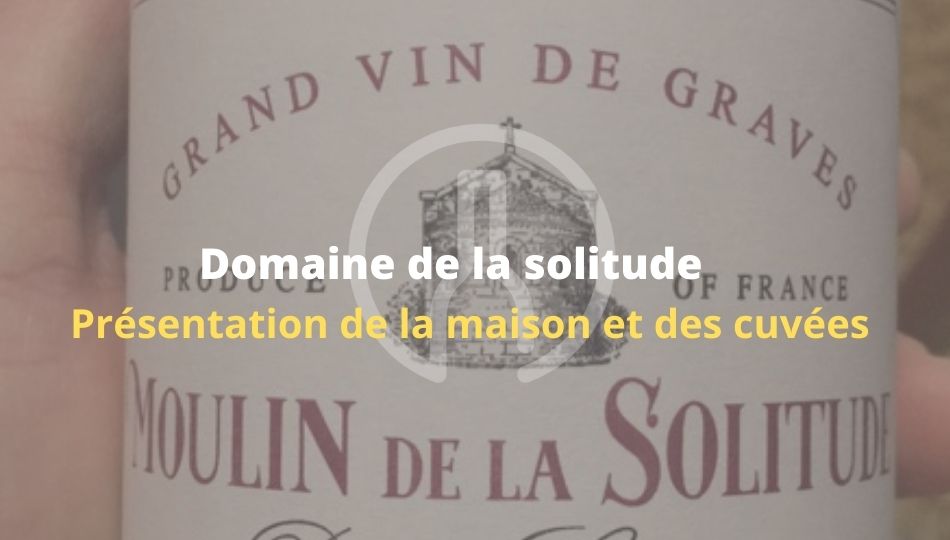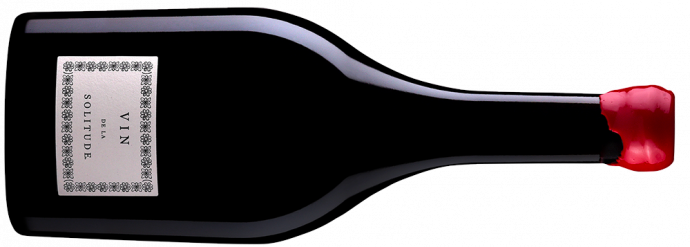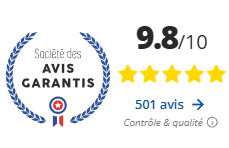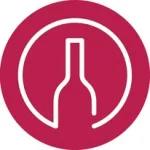To begin this new chapter on other domains to discover in the Rhône region, we're going to talk first about the Domaine de la Solitude. I'll introduce you to the history of this estate and the range of its cuvées, and hope you enjoy this article! You can find all our other wineries on our blog, so don't hesitate to have a look around and ask your questions in the comments:
The great wines of Domaine de La Solitude
In this article, we'll introduce you to some superb wines produced by the La Solitude property. Most of these wines are in stock on our site. We are fortunate to have allocations each year from the estate. Keep up to date with latest arrivals from Domaine de La Solitude on the site. You can even create an email alert in your Comptoir des Millésimes customer account! This way, you'll be the first to know when arrivals of Domaine de La Solitude wines. Here are some of the finest vintages:
-
Domaine de la solitude - Châteauneuf du Pape Tradition :
This cuvée offers a deep ruby color, with a complex, intense nose, carrying notes of sweet black fruits, red fruits, ripe plums mixed with hints of spice, leather and smoke. It's a rich style, with a long, heady finish. On the palate, there's much more tannin, licorice on the taste buds and a density of flavors between notes of burlat cherry and Madagascar peppercorns. The finish lingers on notes of venison and smoke. A perfect match for red meats, Asian cuisine and cheeses.
-
Domaine de la solitude - Cornelia Constanza - Châteauneuf du Pape :

This wine can be drunk over a decade. It comes from century-old Grenache grapes grown in a section of the Crau region with safre-based soils, and has been aged in 60 % concrete tanks and 40 % oak casks. Explosive notes of black cherry and licorice are evident on the nose. The palate is full-bodied, ripe and welcoming, without going overboard. It should not be served too hot. The tannins are soft and silky. It is dense and concentrated, with an impressive length on the slightly chocolaty, spicy finish. It shouldn't be aged more than 10 years, and for an early tasting, it's hard to beat that.
-
Domaine de la solitude - Vin de la Solitude - Châteauneuf du Pape :
Unde-stemmed, this cuvée is a blend of 30 % of Cournoise, 25% of Grenache, 15 % of Mourvèdre and Syrah, 5% of Bouboulenc, Clairette and Roussanne each. After spending 80 days in skins, the wine was aged in barrels for 18 months. The result is a blend of spices, mixed berries and hints of cocoa. It's medium-bodied; 14.5 % alcohol; surrounded by silky tannins and has a long, herbal-tinged finish. This way of working shows promise for the future in the way it combines ripe flavors with reasonable levels of alcohol. Can be drunk after 2-3 years in the cellar, or cellared for 10-15 years for great vintages.
-
Domaine de la Solitude - Barberini - Châteauneuf du Pape :
The proportions of Roussanne (at 80 %) have recently increased in this vintage. The rest is a blend of Clairette and white Grenache. On the nose, it is honeyed and rich, with scents of roasted nuts, joined by notes of sautéed pears. It is round and generous on the palate, with a silky feel and a lingering finish that is surprisingly bright and lemony, offering a lovely sense of balance.
History of the Domaine de La Solitude
Domaine de la Solitude has one of the longest histories in the Rhône Valley. The Barberini family who founded the estate can trace its roots in Châteauneuf-du-Pape back to 1604. Before that, the family was well known in its native Italy. By the 13th century, the family was already well established, or should I say famous. In fact, Maffeo Barberini became pope, under the name of Urban VIII. Two of Maffeo Barberini's nephews became cardinals and settled in Avignon. Perhaps this move was due to problems linked to strong accusations of destroying historic monuments so that the materials could be used to create new estates and palaces for their personal use. But what's important for us is that this move to Avignon led the family to a career in wine production in Châteauneuf du Pape!
From there, through marriage and a dowry, was born what we know today as Domaine de la Solitude. The estate took its name from the place called La Solitude, where most of its vineyards are planted. Domaine de la Solitude was one of the largest vineyards in the region in the mid-to-late 1800s. At that time, the wine was produced and sold under the name Vin de la Solitude. It took a few hundred years, but by 1900, the southern Rhone Valley estate had become so popular that it began producing, selling and bottling its own wine. The modern era of Domaine de la Solitude began in the 1970s when a direct descendant by marriage, Pierre Lancon, began managing the estate. This tradition continues today, as the estate is now managed by his children, Michel Lancon and Jean Lancon.
> Domaine de La Solitude official website













